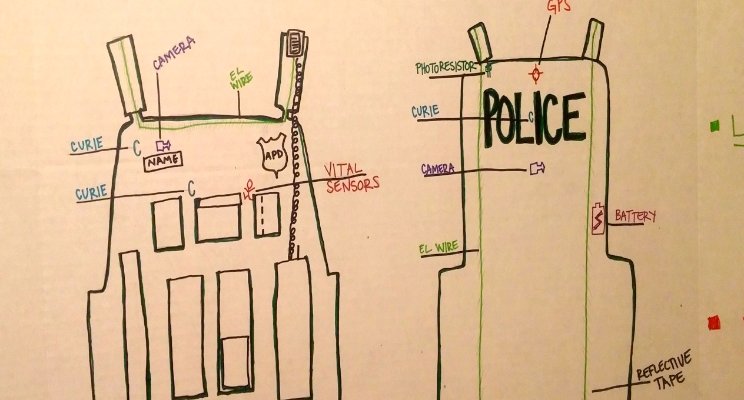In a December 2017 post, I observed that “misuse of the term ‘MVP’ frequently creates confusion and distraction” when launching new products, services, and business models. It’s worth taking a look at some of the causes of confusion, and why this confusion is destructive.
Everybody understands the concept of “minimum;” the troubles arise from what we mean by “viable” and “product.” For fun, I looked up the words using Microsoft’s Smart Lookup function and also the dictionary in my MacBook (they must be using the same source as their definitions were identical). I found:
- Viable – adjective – ‘capable of working successfully.’
- Product – noun – ‘an article or substance that is manufactured or refined for sale.’
A true MVP, then, is the smallest, simplest, fastest-to-market (i.e. minimum) item we create that actually works (i.e. delivers value to an initial customer segment) and that we create “for sale” (note: in freemium and some other settings a “sale” need not be for money). The MVP is a great and powerful concept that helps release people from the idea that they need to launch their offering with all the features and benefits they imagine it will someday have. Back when I was CEO of a software startup, before the term MVP was coined, we called these “Limited Release” products, to distinguish them both from Betas (which were still trials for which we couldn’t charge), and from General Availability products.
Teams get into trouble when they broaden the term “MVP” to include everything from napkin drawings, illustrative diagrams or concept sketches, to models, working or non-working prototypes, demonstrations, videos, mockups, and so on, none of which actually work, and none of which are for sale. By using the single term “MVP,” stripped in this way of its real meaning, to describe all of these different items, teams lose some critically important distinctions and confuse their stakeholders, and even themselves.
Early-stage startups need to be clear with everyone whether they intend the item they are currently creating to work, deliver value and be useable by real customers, i.e. whether it is “for sale.” If not, then it’s not an MVP. If they have already been using that term broadly for months, then when it really is time finally to deliver something that is both viable and for sale, they need a new name for it and tend overstate what it is: their real MVP gets oversold to stakeholders as a finished or final product.
In corporate settings, each company’s unique culture of product control and brand paranoia can get triggered when an innovation team declares they are showing a “minimum viable product” to a “customer.” I have seen reactions pop up like: “You can’t tell customers that’s our company’s product, it’s not even our color!” These internal roadblocks then stop teams from taking nice and useful demonstrations into the field for real user feedback, just because the team has erroneously declared their demo to be both “viable” and a “product.
In the early stages of showing product and service concepts to stakeholders, when we are still doing customer discovery, and not yet investing in product development — before we’re ready even to begin work on an actual MVP — it really helps to ditch the “VP” and call the item we actually need and use at that stage what it is: a “MUD” (Minimum Useful Demo).




